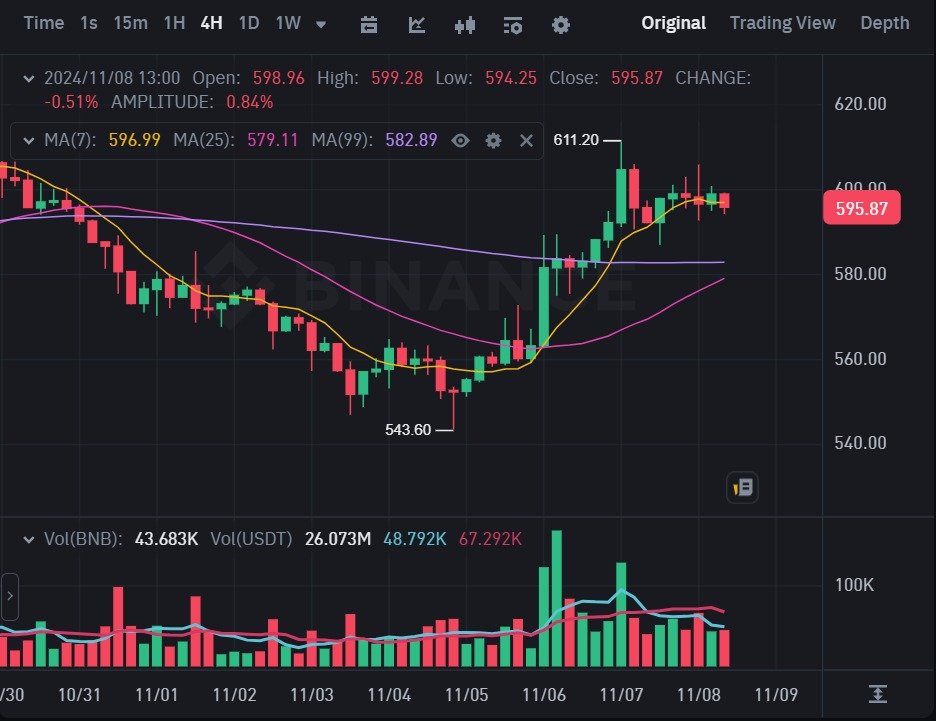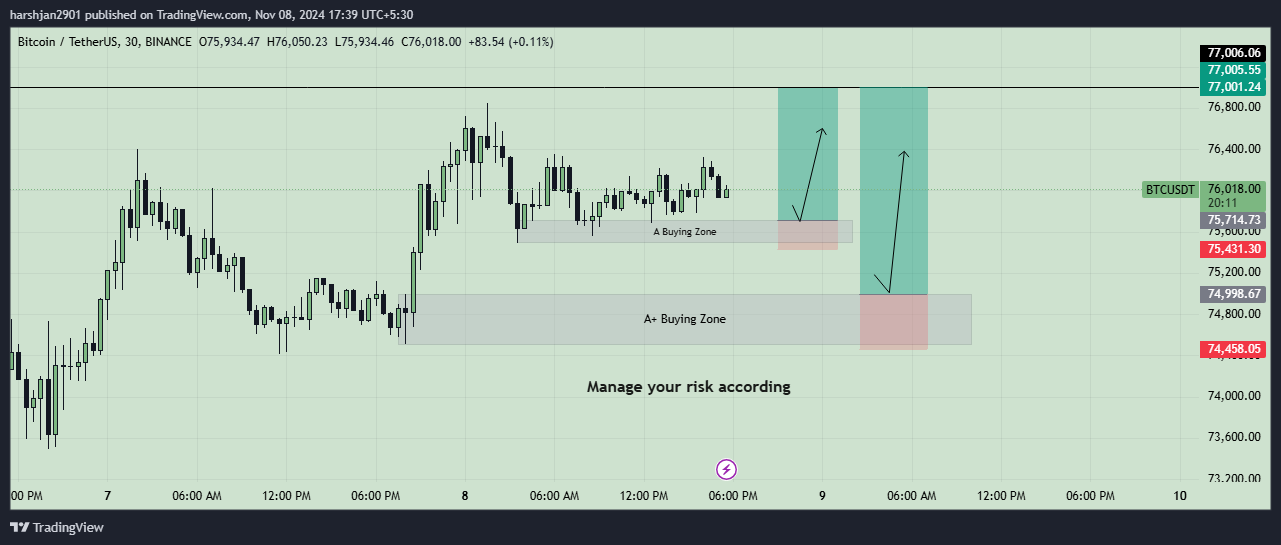1. Demand and Supply
- Demand: When more people want to buy a cryptocurrency, its demand increases. If demand outpaces the supply of the cryptocurrency, the price tends to rise.
- Supply: Cryptocurrencies often have a fixed supply or limited issuance, which can make them scarce. For example, Bitcoin has a maximum supply of 21 million coins, and this scarcity can drive up the price over time, especially as demand increases.
2. Market Sentiment
- Investor Sentiment: The collective mood of investors plays a significant role in driving prices up or down. Positive sentiment (e.g., excitement, optimism about adoption) can lead to increased buying, while negative sentiment (e.g., fear, uncertainty) can lead to selling.
- FOMO (Fear of Missing Out): When prices rise rapidly, new investors may rush in to buy, fearing they will miss the opportunity. This can lead to a self-fulfilling cycle of price increases.
- FUD (Fear, Uncertainty, and Doubt): News of regulations, hacking incidents, or general negative perceptions can cause a drop in price as investors sell off their holdings out of fear.
3. Adoption and Use Cases
- Mainstream Adoption: As cryptocurrencies are increasingly adopted by businesses, institutions, and governments, their demand rises. For instance, when large companies like Tesla, PayPal, or Square announced they were accepting or holding Bitcoin, the price of Bitcoin surged.
- Utility: If a cryptocurrency serves a unique and valuable purpose (like Ethereum with its smart contract capabilities or Chainlink with its decentralized oracle network), it may see more demand due to its practical use cases. The more useful the crypto is, the more people will be inclined to buy and hold it.
4. Technological Upgrades and Network Improvements
- Upgrades: The development and improvement of a cryptocurrency’s underlying technology can drive its price up. For instance, upgrades like Ethereum 2.0 (which involves a shift from Proof of Work to Proof of Stake) promise scalability and lower energy consumption, which can attract more investors.
- Security Enhancements: If a cryptocurrency’s network becomes more secure or efficient, it can increase confidence among investors, leading to price increases.
5. Scarcity and Halving Events
- Fixed Supply: Many cryptocurrencies, like Bitcoin, have a fixed supply, which means that only a certain number of coins will ever exist. As more people become aware of the limited supply and demand increases, the price tends to go up.
- Halving Events: In certain cryptocurrencies like Bitcoin, a halving event occurs periodically, where the rewards for mining new blocks are reduced. This event decreases the rate at which new coins are created and can make the existing supply scarcer. Historically, halving events have been followed by price increases due to reduced inflation of the currency supply.
6. Media and Social Media Influence
- Media Coverage: Positive media coverage, especially from well-known outlets or financial influencers, can lead to increased demand for a cryptocurrency. For instance, when Bitcoin was featured in major news outlets, it often attracted more retail investors, which contributed to price increases.
- Social Media: Platforms like Twitter, Reddit, and Telegram have become key venues for discussions about cryptocurrencies. A positive or viral trend, such as a tweet from a celebrity like Elon Musk, can send prices soaring. However, this can also work in reverse, as negative comments or fears can lead to price drops.
7. Institutional Investment
- Institutional Adoption: Large financial institutions, hedge funds, and corporations entering the crypto space can cause a significant price increase. The belief that cryptocurrencies are becoming more mainstream and institutional-backed provides confidence to retail investors, leading to more buying pressure. For example, the entry of companies like MicroStrategy, Tesla, and Grayscale has led to significant increases in Bitcoin’s price.
- Bitcoin ETFs: The approval of Exchange-Traded Funds (ETFs) based on Bitcoin or other cryptocurrencies can also drive prices up. These funds allow institutional investors to gain exposure to cryptocurrencies without directly buying and storing the digital assets.
8. Regulatory Developments
- Regulation Clarity: In countries where governments announce positive regulations or frameworks for cryptocurrencies (like Japan or Switzerland), the price tends to rise. This is because the market feels more secure knowing that cryptocurrencies will be treated in a legal and regulated manner.
- Government Bans: On the other hand, government crackdowns or regulatory uncertainty (like China’s ban on crypto mining and trading) can reduce investor confidence and cause prices to drop.
9. Speculation and Market Manipulation
- Speculation: A large portion of cryptocurrency price movements is driven by speculation. Traders and investors often try to predict price movements, and their buying or selling actions based on these predictions can cause sharp price increases.
- Whales: Large holders of cryptocurrency, known as “whales,” can influence the price by making large buy or sell orders. If a whale decides to buy a significant amount of a particular cryptocurrency, it can drive up demand and push the price higher.
10. Global Economic Factors
- Inflation and Monetary Policy: The macroeconomic environment, including inflation rates, central bank policies, and the value of traditional fiat currencies, can affect cryptocurrency prices. In times of inflation or economic uncertainty, people may flock to cryptocurrencies like Bitcoin as a store of value, which could push the price upward.
- Currency Devaluation: When fiat currencies experience significant devaluation (for example, due to hyperinflation in a country), individuals may turn to cryptocurrencies to protect their wealth, which can increase demand and push prices up.
11. Market Liquidity
- Liquidity: The liquidity of a cryptocurrency refers to how easily it can be bought or sold in the market. Higher liquidity typically leads to price stability, while lower liquidity can lead to more volatility. An increase in the number of exchanges supporting a cryptocurrency and the number of trading pairs can improve liquidity and contribute to price growth.
12. Forks and Hard Forks
- Forks: A fork occurs when a cryptocurrency’s protocol is updated, creating a split in the blockchain. This can result in two separate coins or tokens, which may increase demand for the original cryptocurrency, depending on how the market reacts to the fork.
- Hard Forks: A hard fork is a more significant update to a blockchain that results in an entirely new version of the cryptocurrency. If the market sees the fork as beneficial, it can lead to increased value for the coin involved.
Conclusion: How Can You Capitalize on Crypto Price Increases?
The price of cryptocurrencies increases due to a combination of factors, from market demand to technological improvements and global economic influences. Understanding these dynamics can help investors anticipate price movements and make better decisions.
At Lumina Lore, we specialize in providing tailored crypto investment strategies, including copy trading and bot trading, that can help you navigate the crypto market effectively. By leveraging expert strategies and automated systems, you can potentially capitalize on price increases while minimizing risk.
👉 Get started with Binance: Sign up through our referral link
👉 Explore Copy Trading: Start trading like an expert.



